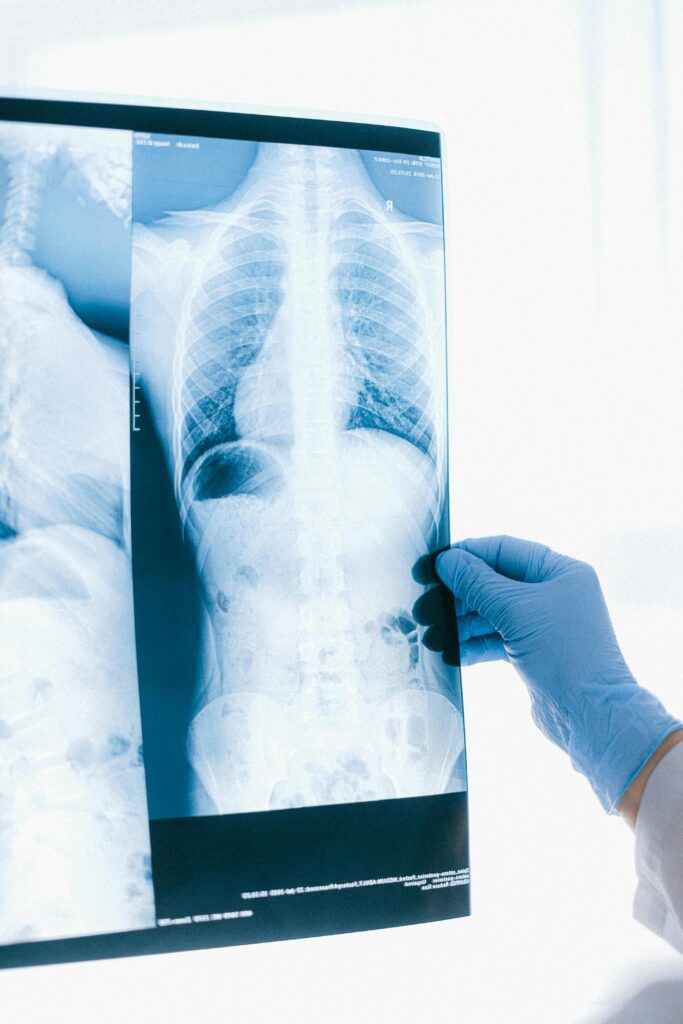The Bone-Marrow Transplant Revolution
April 18, 2024

(The Atlantic) – “It really is a game changer,” says Steve Devine, the chief medical officer of the nonprofit NMDP, which runs the U.S. donor registry and has led research into the use of mismatched donors. Today, agonizing searches for a matched donor are largely a thing of the past.
The drug powering this breakthrough is actually very old. Cyclophosphamide was first developed in the 1950s for chemotherapy. Fifty years later, researchers at Johns Hopkins began studying whether it could be repurposed to prevent a common and sometimes deadly complication of bone-marrow transplants called graft-versus-host disease, where the donor’s white blood cells—which form the recipient’s new immune system—attack the rest of the body as foreign. The bigger the mismatch between donor and recipient, the more likely this was to happen. Cyclophosphamide worked stunningly well against graft-versus-host disease: The drug cut rates of acute and severe complications by upwards of 80 percent. (Read More)
